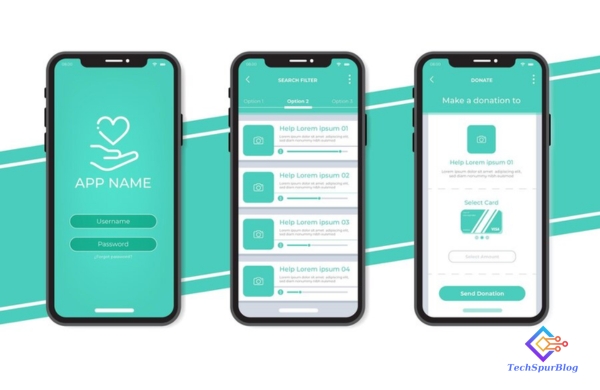
The best way for an iPhone app to succeed in this fast-paced environment is to approach the creation of a minimum viable product (MVP) as a means to validate the idea and get feedback from users. Afterwards, the development process can be improved.
An MVP helps you place your app on the market with the critical services that users will be interested in and only to have future development driven by users’ responses. The following is a complete instruction on how to create a successful MVP for an iPhone app.
This extensive guide will also let businesses and individuals know the importance of partnering with an MVP software development company for additional and expert assistance.
Also Read: Factors To Consider Before Hiring iOS App Development Firm
Key Steps to Follow for Building Successful MVPs
Define Your App’s Core Purpose:
Begin by writing a clear mission statement for the iPhone app, which will reveal to the users the major aim of the application. Identify the problem it illustrates or the lacking aspect this thing satisfies among the public.
Conduct Market Research:
Identify your market segment, its features, drivers, and other relevant information, including existing brands and solutions. Consider your competitors’ apps and where you can target gaps and opportunities for uniqueness. Through feedback from this research, both your feature set and UX will be shaped.
Identify Key Features:
The MVP should be centered on key features that users can use to gain value and that align well with the app’s main purpose. Give priority to those features that are highly effective in terms of user engagement and satisfaction.
Some of the most frequently introduced MVP features in iPhone apps are user authentication, core functions, and a simple navigation system.
Choose the Right Development Partner:
Select a reputable MVP software development agency with experience in developing iOS applications that get good feedback from users. Work hand in hand with them smoothly to help you develop the app from an idea to the MVP stage.
Determine the objectives, address the communication channels with transparency, and use a flexible methodology for development.
Develop Design-Centered Around User:
The MVP that you are creating for the iPhone app must have a UI that reflects the importance of the user. Capitalize on visual attractiveness, navigate around effortlessly, and interact with ease.
To enhance the overall user experience, set a priority on creating a user-friendly interface that emphasizes elements like accessibility and sharing ability.
Implement Core Functionality:
Concentrate on the MVP stage implementation of the key functionality of your app. Make sure that the main part of the app is easy to use, gives users a benefit, and is free of error.
Test the functionality on iPhone models with different versions of iOS to make sure that it will run smoothly.
Integrate Feedback Mechanisms:
Add surveys, feedback forms, and other types of analytics tools to gather users’ opinions on the application as a feedback option.
Analyze user behavior and needs to determine the components of the app that are working or not and need to be enhanced to a higher level of functionality in the following version of the app.
Optimize Performance and Security:
Develop an application that will be very fast; the app will be able to respond to any input and will not crash. The key important move for security is the implementation of strict policies to protect users’ information and build trust among users.
Carry out system checks as expected, in order to identify system problems like performance errors and security threats.
Launch and Gather User Feedback:
Put out the first version of the MVP of your app on the App Store and advertise it among your target audience. Explore ways of keeping consumers engaged through the solicitation of feedback, navigation of ratings, and reviews.
This feedback will help you make changes to the application if necessary, determine what should be included in the next phase, and improve user satisfaction.
Iterate and Scale:
Continuously consider different user feedback, prioritize data in order to develop more compelling features, and consider industry trends. Being progressive means growing your app by bringing in new features, acquiring new users, and improving UI/UX.
A constant check-up on performance metrics and experimenting with different ones that last will facilitate success.
Also Read: Top 4 Differences between white Label app and Custom app
Conclusion
Lastly, MVP of an iPhone app comes out successfully by defining the target market, doing market research, identifying the key features, collaborating with a professional MVP software development services provider.
Taking the end user’s experience into consideration, implementing the main functions, paying more attention to performance and security, and launching the app sensibly, which means not only improving the product by taking the feedback into account but also planning for growth.
Following these complete steps, you can build a balanced MVP that will intrigue users, validate your app concept, and create the grounds for a thriving application.
Businesses can also partner with an iPhone app development company for further assistance in comprehending the complexities of building an app as well as getting all the required benefits.

Leave a Reply